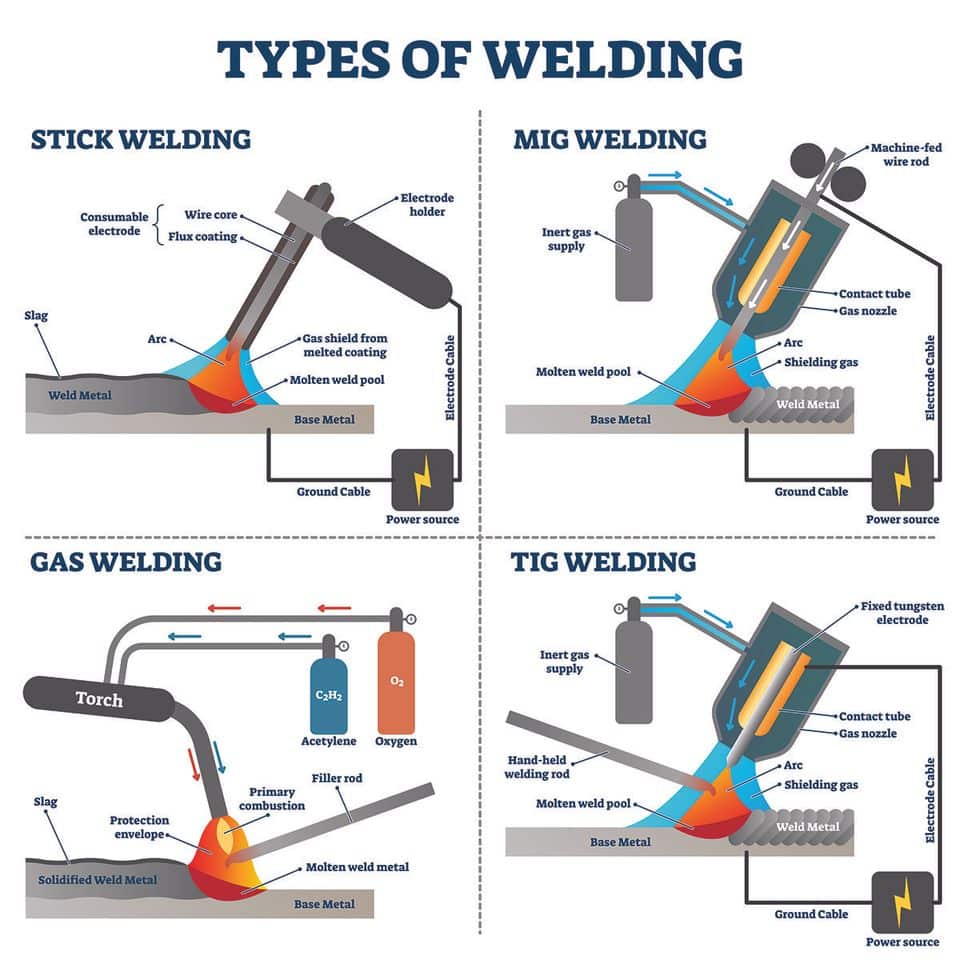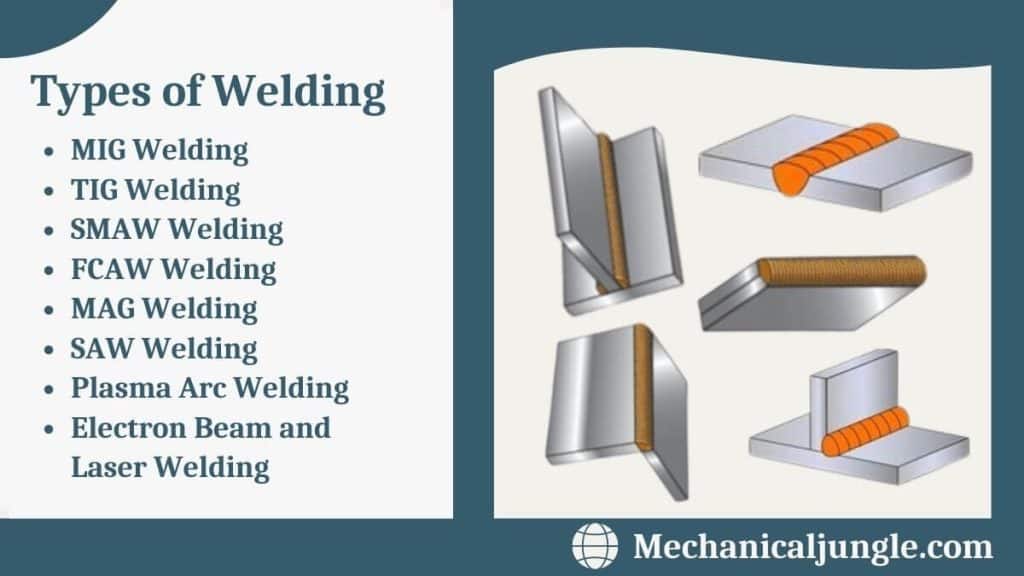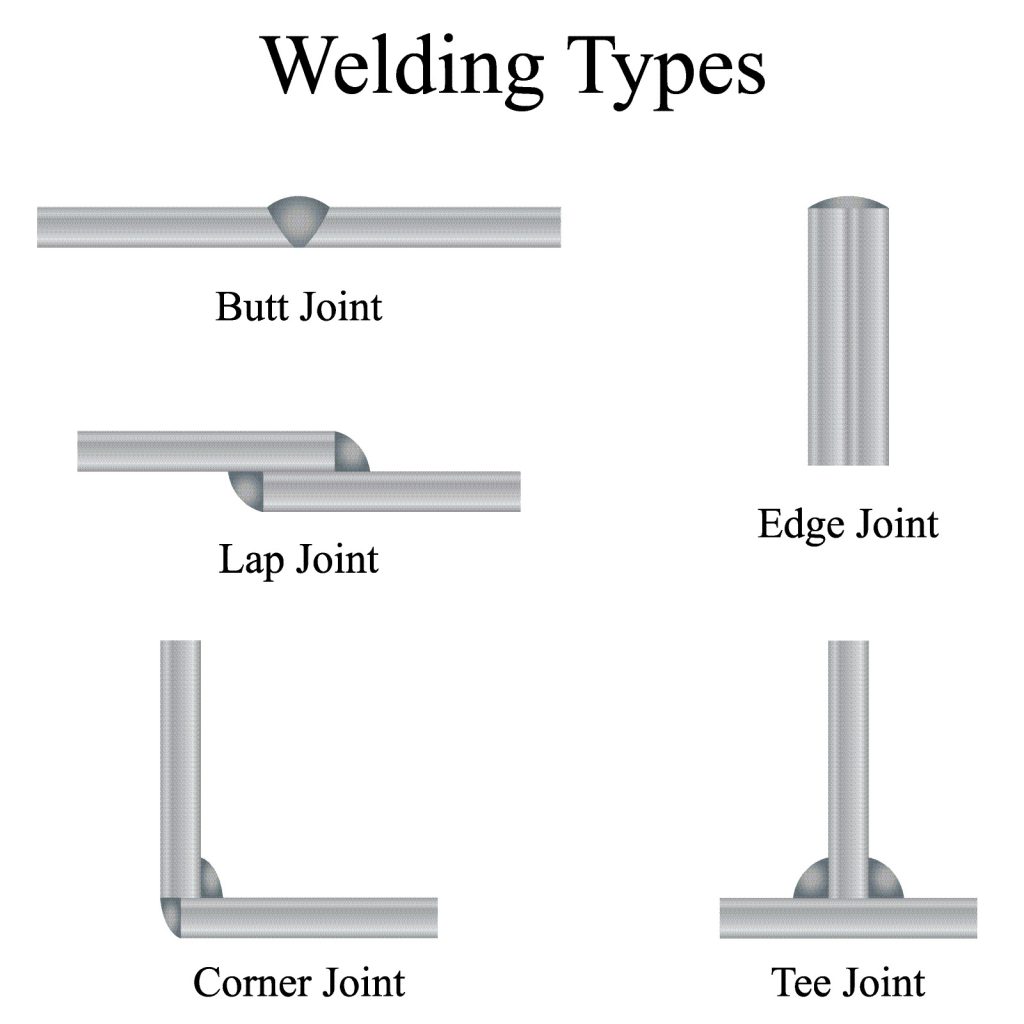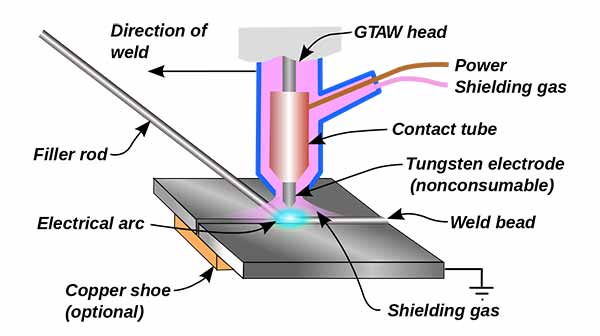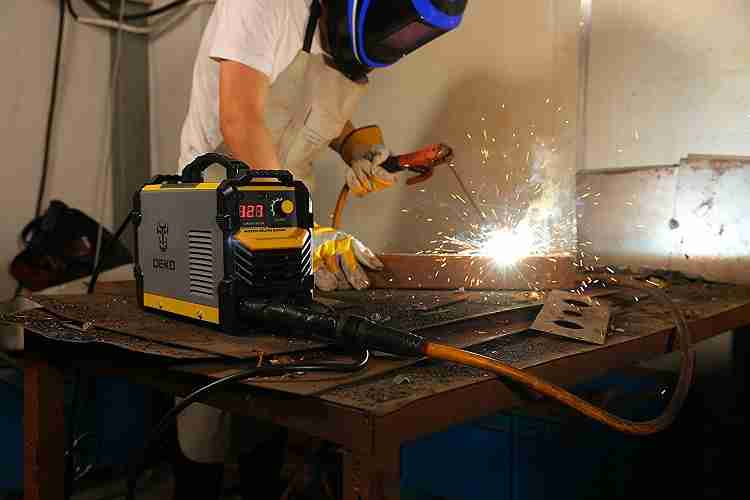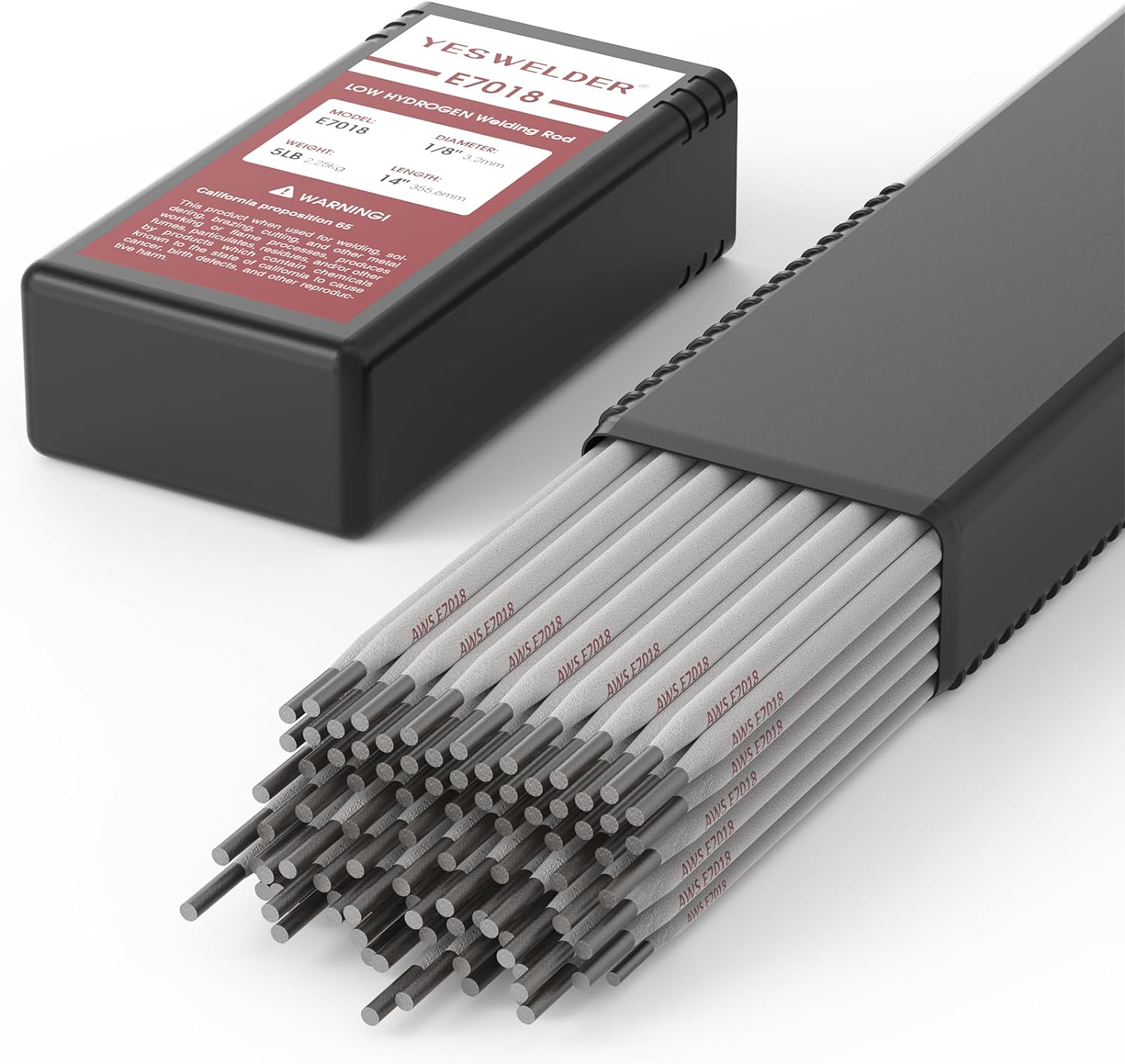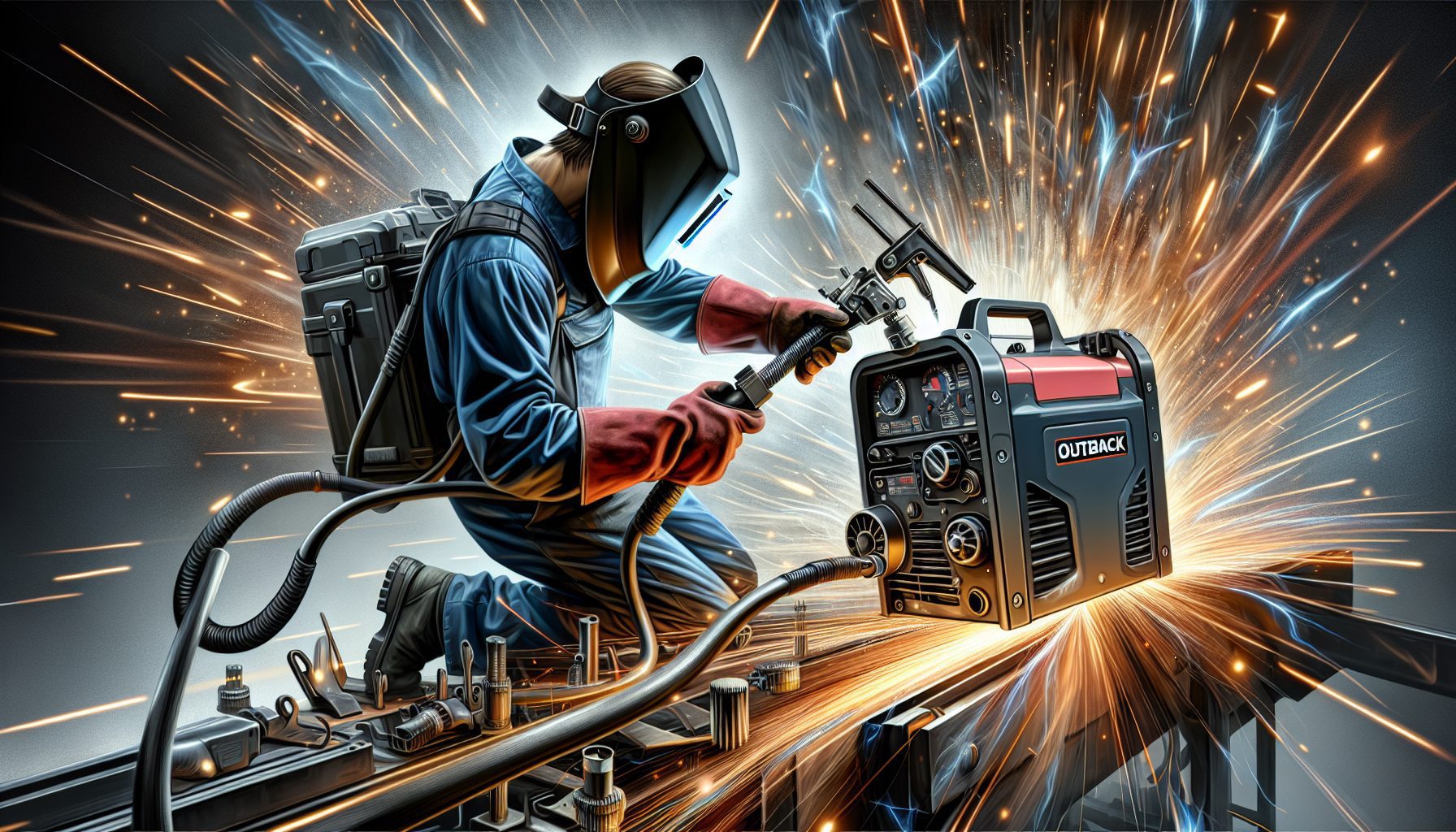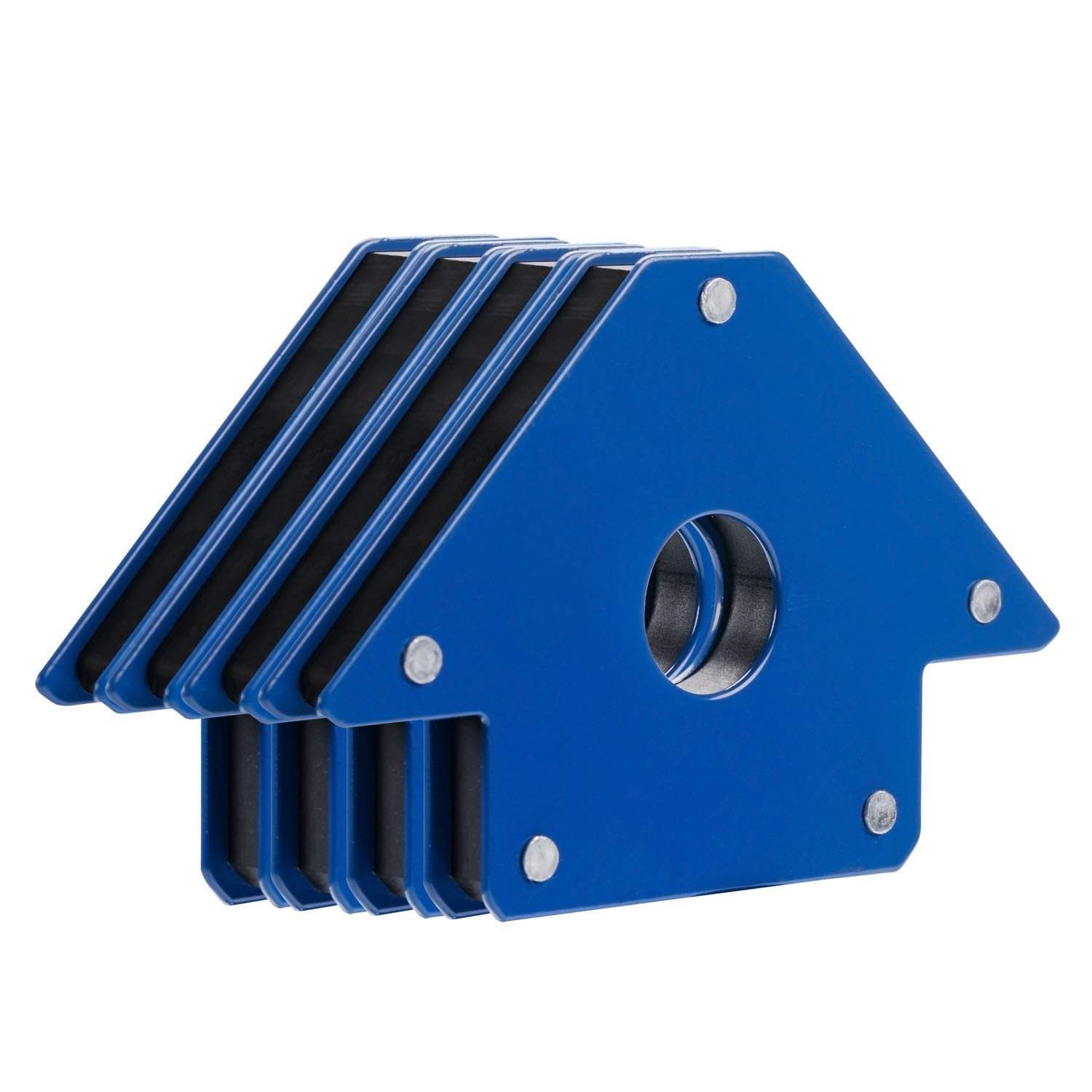Welding is a widely used process that combines two or more pieces of metal using heat and pressure.
Understanding the different Welding types is essential for professionals and hobbyists alike. Each method has unique characteristics and applications, from stick welding to MIG and TIG welding.
This article will explore the common types of Welding, their advantages, and the industries in which they are commonly used.
Whether you are new to Welding or looking to expand your knowledge, this article will provide a comprehensive overview of the various welding techniques.
Arc Welding
Arc welding is a popular method of joining metals using an electric arc. It is among various industries’ most versatile and widely used welding techniques. There are several types of arc welding processes, each with unique advantages and applications.
Shielded Metal Arc Welding (SMAW)
Shielded Metal Arc Welding, also known as stick welding, is a standard arc welding process that uses a consumable electrode coated in flux.
The flux coating melts during Welding, creating a protective gas shield around the weld pool. SMAW is a versatile method suitable for welding most metals and particularly useful for outdoor and remote welding applications.
Gas Metal Arc Welding (GMAW)
Gas Metal Arc Welding, commonly known as MIG welding, is a process that utilizes a continuous solid wire electrode and a shielding gas to protect the weld pool.
GMAW is ideal for speed and efficiency, as it allows for high welding speeds and can be automated easily. It is widely used in manufacturing and fabrication industries for joining materials such as steel, stainless steel, and aluminum.
Flux-Cored Arc Welding (FCAW)
Flux-Cored Arc Welding is similar to GMAW, but instead of using a solid wire electrode, it employs a tubular electrode filled with flux.
The flux creates a shielding gas that protects the weld pool from atmospheric contamination. FCAW is advantageous in windy conditions and is commonly used in construction, shipbuilding, and pipeline welding.
Submerged Arc Welding (SAW)
Submerged Arc Welding is a highly efficient process that utilizes a continuous wire electrode and a granular flux. A granular flux blanket shields The electrode and arc, preventing atmospheric contamination and sparks. SAW is known for its high deposition rates and deep penetration capabilities, making it suitable for welding thick materials in industries such as shipbuilding, pressure vessel manufacturing, and structural Welding.
Tungsten Inert Gas Welding (TIG)
Tungsten Inert Gas Welding, also known as GTAW or TIG Welding, is a precise and versatile welding process that uses a non-consumable tungsten electrode and an inert gas, such as argon or helium, for shielding.
TIG welding produces a clean and aesthetically pleasing weld, making it popular for applications where appearance and quality are crucial, such as automotive, aerospace, and artistic metalwork.
Gas Welding
Gas welding techniques utilize a heat source generated by a mixture of fuel gas and oxygen to melt and join metals together. Gas welding is commonly used in repair and maintenance applications, as well as in artistic metalwork.
Oxyfuel Gas Welding
Oxyfuel Gas Welding is a traditional and widely used gas welding process that combines a fuel gas, such as acetylene or propane, with oxygen to create a flame for Welding.
The intense heat generated by the flame melts the metal edges, which are then fused. Oxyfuel gas welding is versatile and can be used for various metals and thicknesses, making it suitable for plumbing, sheet metal fabrication, and jewelry.
Metal Inert Gas Welding (MIG)
Metal Inert Gas Welding, also known as gas metal arc welding (GMAW), is a gas welding process similar to its arc welding counterpart mentioned earlier. MIG welding uses a continuous wire electrode and a shielding gas, typically a mixture of argon and carbon dioxide, to protect the weld pool.
This process is commonly used for welding thin materials in automotive, manufacturing, and construction industries due to its speed and ease of use.
Torch Welding
Torch Welding, or oxyacetylene Welding (OAW), is a gas welding technique that uses a welding torch equipped with separate fuel and oxygen valves.
The two gases combine in a mixing chamber and are ignited to create a flame for Welding. Torch welding is versatile and can be used for different types of metal and cutting and brazing applications.
Resistance Welding
Resistance welding is a group of welding techniques that utilize the heat generated by electrical resistance to create a weld. These processes are commonly used for high-speed production welding, requiring consistent and efficient welds.
Spot Welding
Spot Welding is a resistance welding technique that applies pressure and an electric current to create a weld between overlapping metal sheets. The weld is formed as the heated metal surfaces melt and fuse under pressure. Spot welding is used extensively in automotive manufacturing, appliances, and the fabrication of sheet metal assemblies.
Seam Welding
Seam Welding is a resistance welding process similar to spot welding but creates a continuous weld seam along the length of overlapping metal sheets. This method is often used for creating leak-tight joints in tanks, pipes, and containers.
Projection Welding
Projection Welding is a resistance welding method that utilizes specially designed protrusions or projections on one or both of the metal surfaces to be joined.
A strong and reliable weld is formed as the projections melt and fuse. Projection welding is commonly used in the automotive industry for welding wire harnesses, brackets, and other sheet metal components.
Flash Butt Welding
Flash Butt Welding is a resistance welding technique that joins two metal workpieces end-to-end by clamping them between two copper electrodes and applying a high electric current.
The heat generated by the electrical resistance causes the metal ends to fuse. Flash butt welding is commonly used to produce long steel pipes and rails.
Electroslag Welding
Electroslag Welding is a specialized resistance welding process that enables the Welding of thick materials in a single pass.
It uses a consumable electrode and a granular flux to create a controlled molten slag pool, which shields the weld during the process. Electroslag welding joins thick plates and sections in shipbuilding, bridge construction, and heavy machinery fabrication.
Energy Beam Welding
Energy Beam Welding processes utilize high-energy beams, such as laser or electron beams, to create deep and narrow welds with minimal heat-affected zones.
Laser Beam Welding
Laser Beam Welding utilizes a highly focused laser beam to create a precise and efficient weld. The laser beam generates intense heat that melts the metal surfaces, solidifying to form a weld joint.
Laser welding is commonly used in the automotive, aerospace, and electronics industries and for fine and delicate work in jewelry making and medical device manufacturing.
Electron Beam Welding
Electron Beam Welding employs a high-velocity beam of electrons to heat and weld metal joints.
The electrons have a high kinetic energy, allowing for deep penetration welding. Electron beam welding is used in aerospace, automotive, and nuclear industries, where high-quality, high-strength welds are required.
Solid-State Welding
Solid-state welding processes join materials without melting, producing solid and defect-free welds with minimal distortion.
Friction Welding
Friction Welding uses heat generated by friction between two workpieces to create a weld. The rubbing motion generates heat, which softens the metal surfaces, allowing them to be forged together.
Friction welding is commonly used for joining materials with different properties, such as dissimilar metals or plastics, and for applications that require high joint strength, such as aerospace and automotive industries.
Ultrasonic Welding
Ultrasonic Welding utilizes high-frequency mechanical vibrations to create a solid-state weld between two materials. The vibrations generate friction and heat at the contact point, causing the materials to soften and fuse.
Ultrasonic Welding is commonly used for small to medium-sized plastic components in industries such as electronics, medical devices, and packaging.
Explosive Welding
Explosive Welding, also known as explosive bonding, is a unique solid-state welding technique that joins two or more layers of metal using controlled explosive forces.
The explosion accelerates one plate toward the other, causing the metal surfaces to collide and create a strong metallurgical bond. Explosive Welding is used for joining dissimilar metals, such as aluminum and steel, in aerospace, defense, and oil and gas.
Thermit Welding
Thermit Welding is a fusion welding process that utilizes a thermite reaction to create molten metal that fills the joint between two workpieces, resulting in a strong and continuous weld.
Aluminothermic Welding
Aluminothermic Welding, also known as thermite welding, is a highly reliable method for joining railway tracks, tram tracks, and other heavy-duty applications. The thermit reaction produces intense heat that melts the filler metal, filling and solidifying the joint to form a weld.
Iron Thermite Welding
Iron Thermite Welding is a specialized variation of aluminothermic Welding used explicitly for joining large iron or steel workpieces. It utilizes a thermite mixture containing iron oxide and aluminum powder to generate the required heat for Welding.
Copper Thermite Welding
Copper Thermite Welding is another variation of aluminothermic Welding used for joining copper workpieces. The thermite reaction produces heat to melt the copper filler metal and create a robust and homogeneous bond.
Induction Welding
Induction Welding uses electromagnetic induction to heat and join metals together. It is a fast and efficient process allowing localized heating and precise control over the welding parameters.
High-Frequency Induction Welding
High-frequency induction Welding utilizes high-frequency electric currents to heat the metal workpieces, which are then pressed together to create a weld. This technique is commonly used for joining tubes and pipes in the automotive, aerospace, and HVAC industries.
Contact Induction Welding
Contact Induction Welding involves pressing the heated metal workpieces to create a weld joint. The heat is generated by electric current flowing through the workpieces. This method is suitable for joining flat surfaces, such as sheet metal, and can be used for automotive, appliance manufacturing, and construction applications.
Induction Brazing
Induction Brazing is a variation of induction welding that uses a filler metal with a lower melting point than the base metals being joined.
The induction heating quickly heats the base metals while the molten filler metal flows into the joint, creating a strong and brazed connection. Induction brazing is used to manufacture electrical components, automotive assemblies, and plumbing fixtures.
Plasma Welding
Plasma Welding is an advanced arc welding process that utilizes a highly concentrated and superheated stream of ionized gas, known as plasma, to create a precise and controlled weld.
Micro Plasma Welding
Micro Plasma Welding is a specialized form of plasma welding that uses a shallow current and a small electrode to create delicate and intricate welds in tight spaces. This technique is commonly used in the medical, electronics, and aerospace industries for joining small components.
Keyhole Plasma Welding
Keyhole Plasma Welding generates a concentrated plasma arc, creating a deep and narrow weld. The intense heat melts the base metals, creating a keyhole-shaped cavity filled with molten metal as the welding torch moves forward.
Keyhole plasma welding is used in aerospace, power generation, and petrochemical industries, requiring high-quality high-strength welds.
Explosion Welding
Explosion Welding, also known as explosive Welding or impact welding, is a unique process that joins two metals through a controlled explosive reaction. The explosion creates a high-pressure shockwave that forces the metals together and forms a metallurgical bond.
Explosive Welding
Explosive Welding utilizes a controlled explosive charge to bond two dissimilar metals together. The explosion’s impact causes the metals to collide, creating a strong and reliable bond. This method is used in various industries, including aerospace, defense, and automotive, for joining materials with different properties.
Impact Welding
Impact Welding is a variation of explosive Welding that doesn’t involve an actual explosion. Instead, the metals are impacted at high velocities, causing them to create a metallurgical bond when they collide.
Impact welding has applications in the automotive, aerospace, and nuclear industries, requiring solid and defect-free joints.
Electroslag Welding
Electroslag Welding is a specialized arc welding process used for vertical-up Welding of heavy sections and for joining thick plates. It utilizes a consumable electrode and conductive flux that melts and fills the joint during welding.
Consumable Electrode Process
In the consumable electrode process of electro-slag Welding, the weld joint is created by a consumable electrode that gradually melts and fills the gap between the workpieces. This method allows for high heat input and deep penetration, making it suitable for welding thick materials.
Non-consumable Electrode Process
The non-consumable electrode process of electro-slag Welding uses a non-consumable electrode, typically made of copper or tungsten, that remains in place during the welding process.
The electrode provides a conductive path for the electric current and helps generate the necessary heat for melting the flux and the base metal. This technique is commonly used for vertical-up Welding of thick steel plates and other heavy sections.



